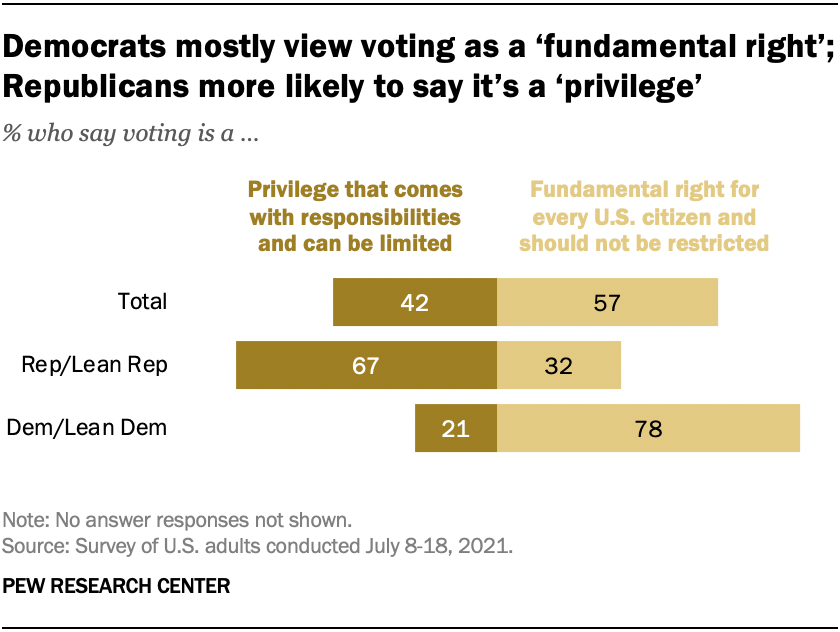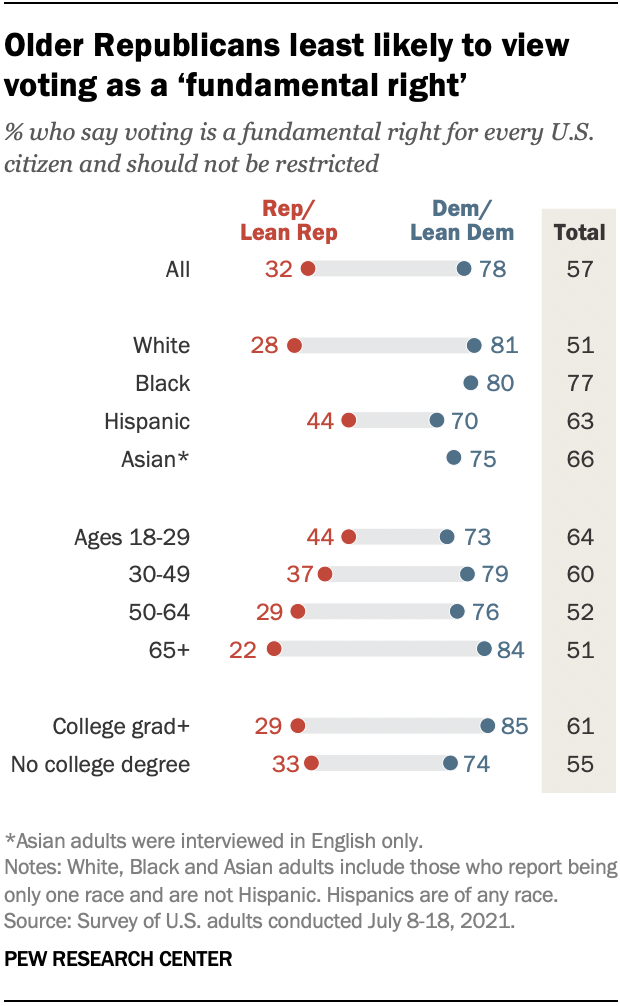The Daily Escape:

Portage Glacier, outside Whittier, AK – August 2021 photo by nowake
Yesterday, Wrongo finished Michael Lewis’s book “The Premonition”, that tells the story of our failure to contain COVID-19. It is told through the eyes of a cast of compelling characters, including a California public health officer, a couple of idiosyncratic MDs who are White House advisers and a brilliant academic scientist whose lab revolutionized the identification of viral pathogens.
We learn how the pandemic exploited the gaps in the public health system of the world’s most advanced country that Lewis shows to be fragmented and weak politically. Moreover, he shows that the CDC’s response was almost inert when it came to reports from the states that were seeing the first Covid cases.
Early on, the CDC basically had two positions on the pandemic. First, that it wasn’t a big deal, it was overblown. And later, they made a quick pivot when it started spreading in the US. That change came far too late to contain the spread of the virus.
Lewis says little in The Premonition about the US official pandemic response. The organization that comes off the worst is the CDC and its leadership. The White House and Trump are mentioned in passing. Dr. Fauci is mentioned only a few times, while Deborah Birx is entirely absent. The White House COVID task force is seldom mentioned.
The book’s takeaway is mostly about how we have built organizations that are excellent for studying “what happened” and publishing papers about past problems. But are incapable of real time response in a true public health emergency. This is because the top CDC job has been a political appointee since the Carter administration. Lewis told NPR how the institutional failure at the CDC came about:
“The brave ones have all got their heads chopped off. So, it’s sort of institutionalized a cowardice that we’re going to need to face up to so that this business of punishing people who are doing their damnedest to try to save us from ourselves has got to stop.”
The characters in Lewis’s book have fascinating life stories: A thirteen-year-old girl’s school science project on how airborne pathogens spread, morphs with her scientist father’s help, into an important model of how Covid spreads.
A California public-health officer uses her skills and experience to see what the CDC misses and reveals important truths about our public health system. An informal group of doctors, nicknamed the Wolverines, have the skills needed to fight the pandemic: brilliant backgrounds, world-class labs, prior experience with the bird and swine flus ̶ everything except official permission to implement their findings on behalf of the American people.
One series of facts that floored Wrongo was how important children are to spreading a virus in our population. These insights started with the kid’s model mentioned above. From pages 90-91:
“…there were more than 100,000 K-12 [public] schools in the country, with 50 million children in them. Twenty-five million ride a bus to school….There were 70,000 buses in the entire US public transportation system, but 500,000 school buses. On an average day, school buses carried twice as many people as the entire US public transportation system.”
Moreover, school bus aisles are narrower than normal buses, and better for spreading disease. They observed that when kids stand at the bus stop, they crowd together, unlike adults who give each other personal space. In the halls at school, kids also crowd together. The conclusion was that kids’ different sense of personal space has a key role in the spread of viral disease. More:
“…each elementary school child spent the day in a space with a radius of just 3.5 feet, which when they reached high school, expanded to four.”
The discoverer of this insight is one of the Wolverines, Carter Mecher, an MD who worked at the Atlanta VA hospital system. His conclusion?
“I couldn’t have designed a better system for transmitting disease than our school system”
Wrongo didn’t know that school closure was the most effective strategy to contain the spread of Covid before reading this book. We all know that few families wanted their kids to stay home from school. We know how politicized the issue of school closure became, even in states where it was mandated. There are 130,930 schools in America, all individually and locally managed. And it’s impossible to enforce a mandate on them from afar.
Between a weak public health system, an ossified CDC, and an inability to control the disease transmission in the 130k+ schools in America, Lewis’s book is a devastating look at our ability to deal with Covid and with whatever the next pandemic brings.
With Afghanistan, the delta variant and a looming hurricane hitting the northeast this weekend, it will be difficult to settle down for a Saturday Soother. But let’s give it a try.
Take a seat by a window and listen to “The Last Rose of Summer” by Leroy Anderson. It is part of his Irish Suite, and was arranged in 1947:
This is as beautiful to watch as to listen to.















